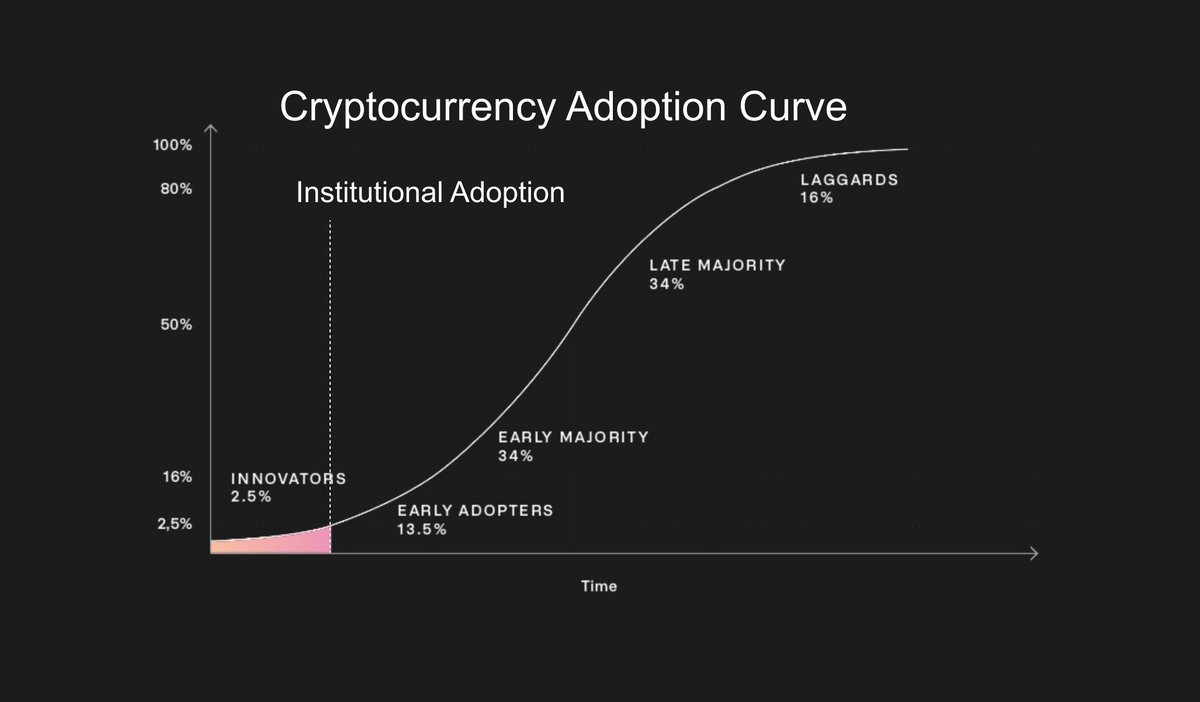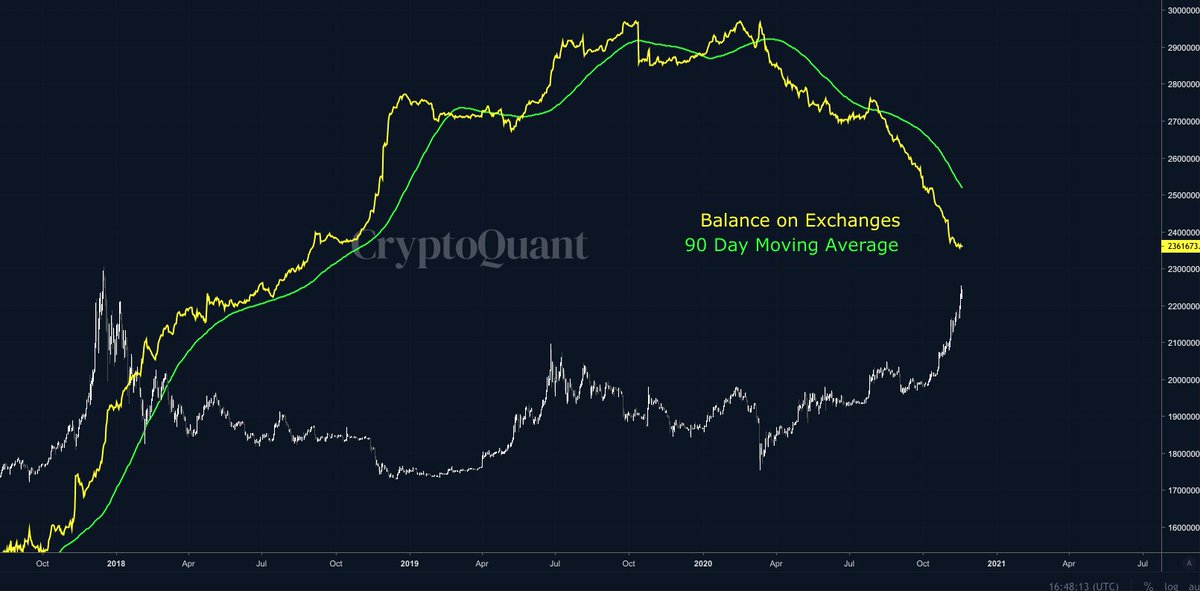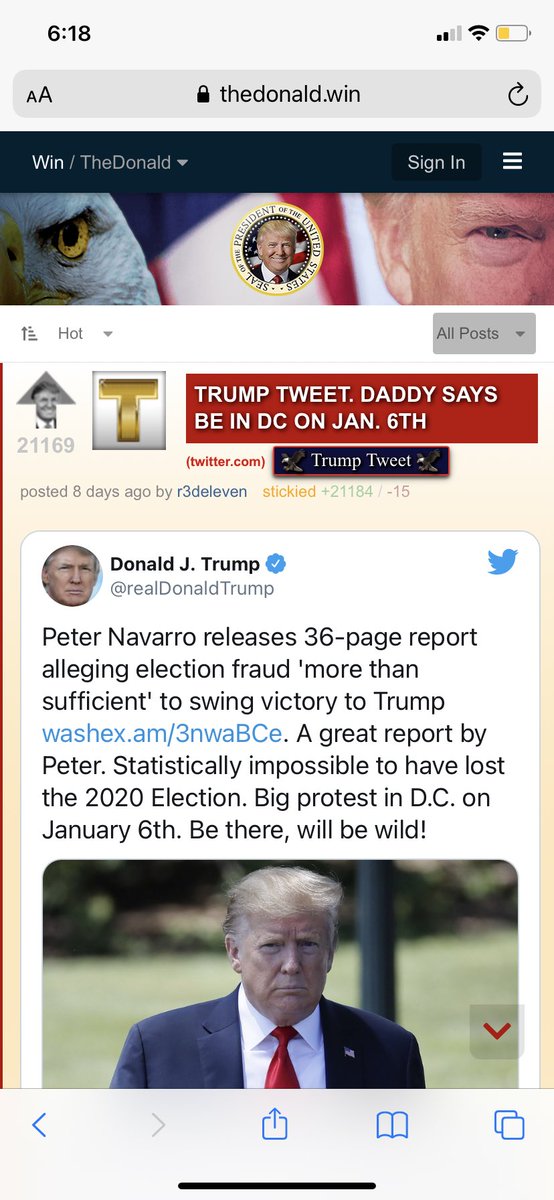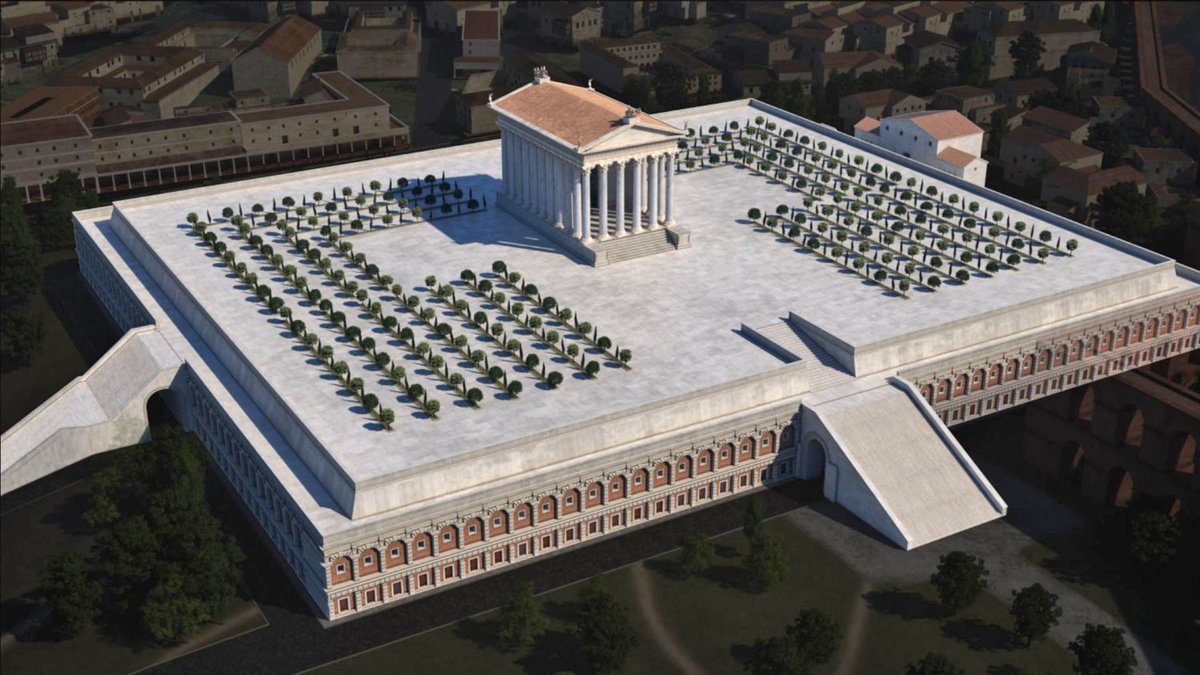A Proof-Of-Work algorithm requires miners to do a certain amount of work that is compute-intensive to gain access to a service or the right to do something. This algorithm, by design, also requires that the work done shall not ...
"Blockchain technology is energy-intensive..." => No, it doesn't have to be.
Let's look at Proof-Of-Stake, an alternative to the energy-intensive Proof-Of-Work algorithm.
🧵🔽
A Proof-Of-Work algorithm requires miners to do a certain amount of work that is compute-intensive to gain access to a service or the right to do something. This algorithm, by design, also requires that the work done shall not ...
https://t.co/VGzmmbMisE
Proof-Of-Work is the name of a cryptographic algorithm that is used for some blockchains when new blocks are to be appended to the chain.
— Oliver Jumpertz (@oliverjumpertz) April 3, 2021
Let's take a higher-level look at how this one works, shall we?
\U0001f9f5\U0001f53d
Proof-Of-Stake is another algorithm, designed to create distributed consensus on a blockchain while being less energy-intensive and more scalable than Proof-Of-Work.
While having the same goal as Proof-Of-Work, distributed consensus, the process is completely different.
A Blockchain that uses Proof-Of-Stake chooses a node to create and append the next block randomly. This process of appending a new block to the chain is usually called "forging" and not "mining".
Whenever a node is chosen to forge a new block, the stake's age is reset to zero to distribute forging among all nodes ...
There are many other factors that can be taken into account and they are usually as individual as the blockchain using Proof-Of-Stake. Taking a look at the specific blockchain's whitepaper usually helps you to decide whether the chain is legit ...
When chosen, a forging node checks whether all transactions for the next block are valid. It then signs the block and appends it to the chain.
Well, we are at the end of this thread, and I hope you now understand Proof-Of-Stake, the alternative to the energy-intensive Proof-Of-Work a little better.

























